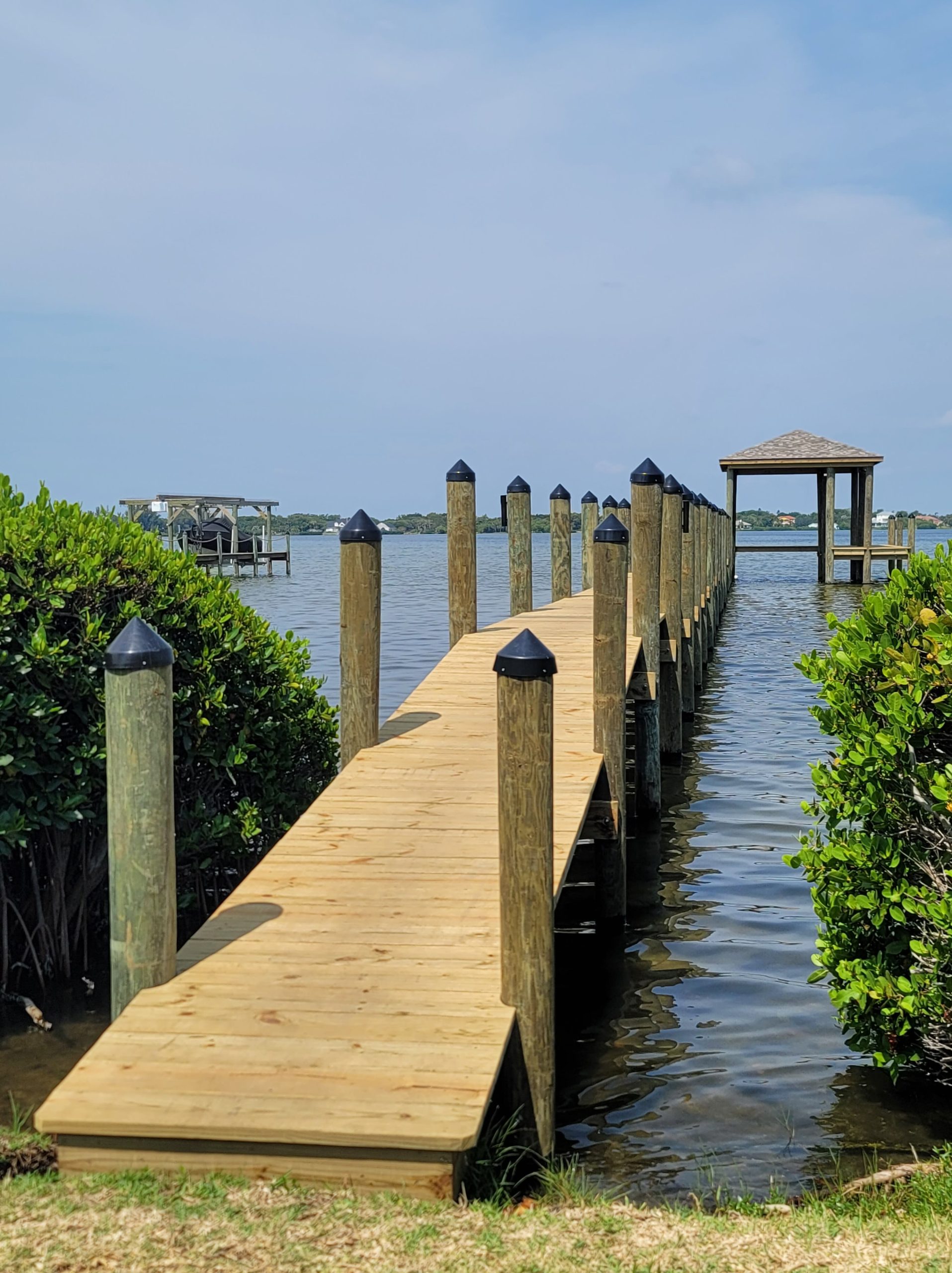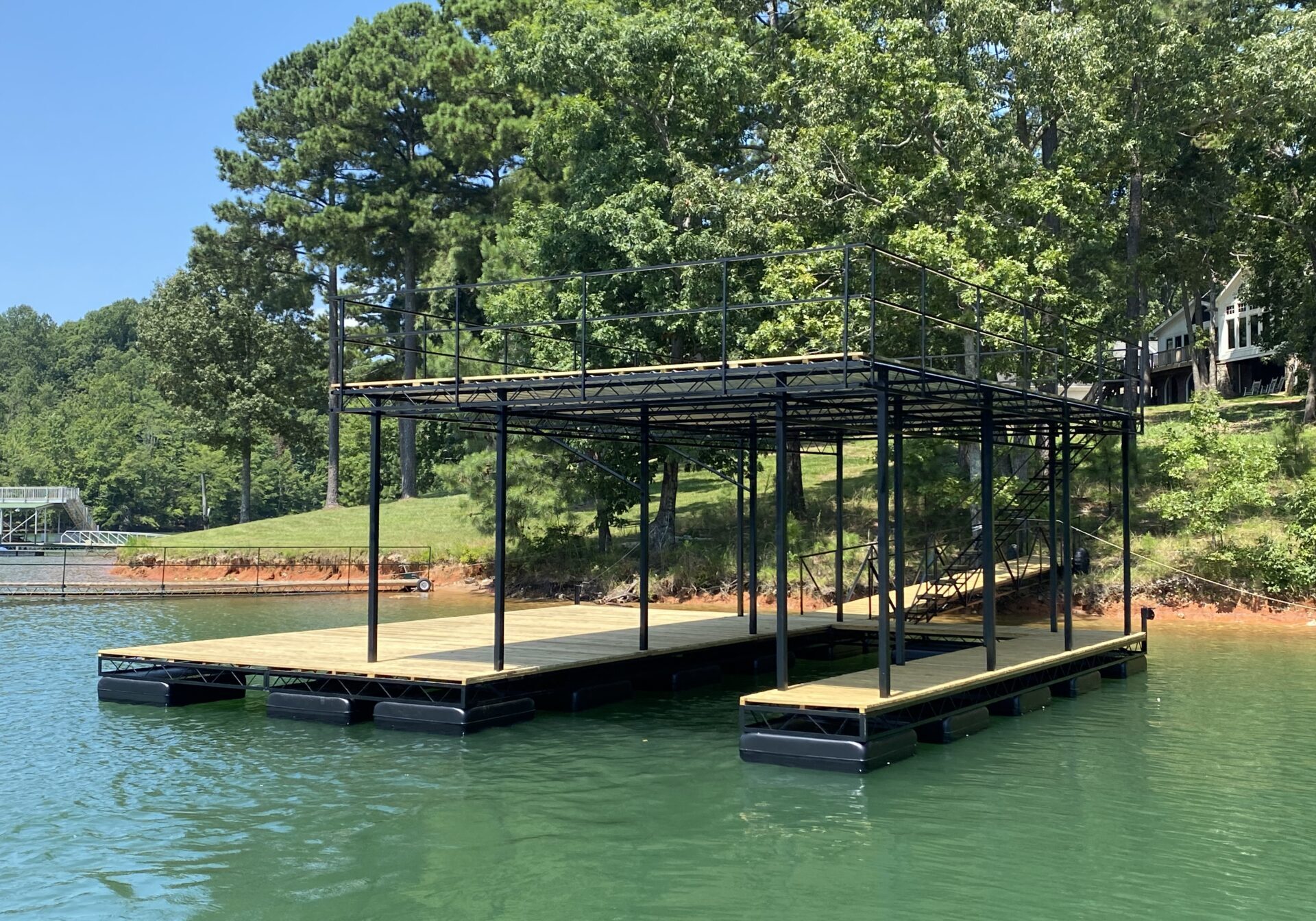DIY Tips for Simple Dock Repairs You Can Manage
Efficient Dock Repair Work Techniques: Making Certain Architectural Stability
Guaranteeing the structural stability of anchors through reliable repair service strategies is extremely important for the durability and safety and security of marine centers. Consequently, picking the ideal repair products, such as corrosion-resistant alloys and composite materials, is important for toughness.
Assessing Dock Damages
Examining dock damages is a critical initial step in guaranteeing the architectural integrity and safety and security of any docking facility. This initial assessment involves a thorough examination to identify both hidden and noticeable damages. Secret aspects to analyze include the dock's structure, pilings, outdoor decking, and hardware. Each element has to be looked at for indicators of wear, rot, rust, or other forms of destruction that could compromise the structural stability.
Architectural engineers or certified assessors usually carry out these analyses using specialized devices and methods. Undersea examinations may use finder equipment or remotely operated automobiles (ROVs) to spot immersed damages. Over water, aesthetic evaluations are enhanced by using dampness meters and various other diagnostic devices to uncover underlying problems not immediately visible to the nude eye.

Deciding On Fixing Products
Choosing the appropriate repair work materials is an essential action in the dock remediation procedure, one that directly influences the longevity and performance of the fixed framework. Product option have to be driven by variables such as environmental problems, load-bearing demands, and compatibility with existing dock components. Timber is a conventional choice for anchors due to its natural strength and aesthetic appeal. However, choosing the appropriate kind of wood, such as pressure-treated lumber or normally rot-resistant varieties like cedar or teak, is essential to endure aquatic atmospheres.
Along with timber, composite products are increasingly popular because of their toughness and low upkeep demands. Composites, normally made from a blend of plastic and wood fibers, offer superb resistance to rot, bugs, and UV damage. For metal docks, choosing corrosion-resistant alloys such as galvanized steel or marine-grade aluminum is important to stop rust and make certain structural integrity in saline water problems.
Epoxy resins and marine-grade sealers are essential for repairing splits and securing joints, offering a waterproof obstacle and enhancing the dock's general stamina. By meticulously choosing top notch materials, dock repair work can attain lasting outcomes, therefore guarding against future destruction and guaranteeing risk-free, trusted use.
Architectural Support Methods
Reliable architectural reinforcement techniques are essential in making sure the security and longevity of dock repair work. One fundamental approach involves using steel or composite reinforcement bars (rebar) within concrete frameworks. Rebar gives extra tensile stamina, preventing cracks and distributing loads more evenly. This method is specifically effective for docks revealed to hefty loads or extreme environmental problems.
One more crucial technique is the application of fiber-reinforced polymers (FRP) These materials supply high strength-to-weight ratios and excellent resistance to deterioration, making them suitable for strengthening concrete or wooden docks. FRP can be applied in strips or sheets and adhered with epoxy materials to enhance architectural honesty.
Supporting and anchoring systems also play a vital duty in structural support. Cross-bracing, making use of steel or wood beams, can neutralize side forces, reducing persuading and movement. Securing systems, such as helical piers or driven stacks, supply a steady structure by transferring lots to much deeper, much more secure dirt layers.
Finally, the combination of load-distribution plates can help distribute weight more evenly throughout the dock's surface area, alleviating local anxiety factors. These techniques jointly make certain that anchors stay secure and durable, qualified of withstanding the rigors of their operational setting.
Advanced Fixing Approaches

One more advanced method entails undersea welding, which allows for repairs to be carried out without the demand to dewater the area. This method is particularly helpful for attending to structural issues in immersed dock elements, guaranteeing minimal interruption to operations. Boosted welding methods, paired with robot systems, provide precision and reliability, therefore expanding the lifespan of the dock.
Additionally, cathodic protection systems are executed to avoid rust in metal dock frameworks. By utilizing sacrificial anodes or impressed current systems, these methods effectively minimize the electrochemical processes that bring about material wear and tear.
Lastly, advanced monitoring modern technologies, such as architectural wellness surveillance (SHM) systems, offer real-time information on the problem of dock structures. These systems make it possible for proactive maintenance and prompt interventions, inevitably ensuring the long-lasting architectural honesty of the dock.
Upkeep and Prevention
Upkeep and prevention are fundamental principles that underpin the long life and security of dock structures. Regular examinations are paramount, enabling for very early detection of damage, potential check these guys out weaknesses, and ecological effects. A positive technique, involving routine look for deterioration, rot, and architectural shifts, alleviates pricey repair services and lengthens the dock's operational life.
Safety nets must consist of using protective coatings to steel components to defend against corrosion and utilizing cured timber to resist decay. In addition, making sure correct drainage and air flow can stop water accumulation, which is a typical source of structural deterioration. Incorporating high quality products and sticking to manufacturer guidelines during building and construction and repair work stages additionally play vital duties in enhancing durability.

Training employees in dock upkeep finest techniques guarantees constant application of preventive measures. Leveraging technological advancements, such as drones for evaluations and sensing units for real-time surveillance, can further enhance maintenance efforts. By prioritizing maintenance and prevention, dock owners can guarantee structural honesty, functional safety and security, and cost-efficient administration over the dock's lifespan.
Conclusion
In verdict, maintaining the structural honesty of marine facilities demands comprehensive dock repair service strategies. Extensive assessments making use of sophisticated tools uncover both noticeable and concealed problems, while the choice of ideal repair products boosts durability. Implementing structural support techniques addresses tension factors effectively. Advanced repair work methods, coupled with routine upkeep methods, make certain the dock continues to be safe and functional under diverse environmental problems. Embracing these techniques significantly lengthens the life expectancy and functionality of aquatic framework.
Making certain the structural stability of docks through efficient repair service techniques is paramount for the durability and security of aquatic facilities.Choosing the suitable repair products is a pivotal action in the dock reconstruction procedure, one that directly affects the durability and efficiency of the repaired structure.Reliable architectural reinforcement methods are essential in making sure the security and durability of dock repair services. By focusing on upkeep and avoidance, dock owners can make certain architectural integrity, functional safety, and cost-effective administration over the check that dock's lifespan.
In verdict, preserving the architectural honesty of marine centers requires comprehensive dock repair methods.